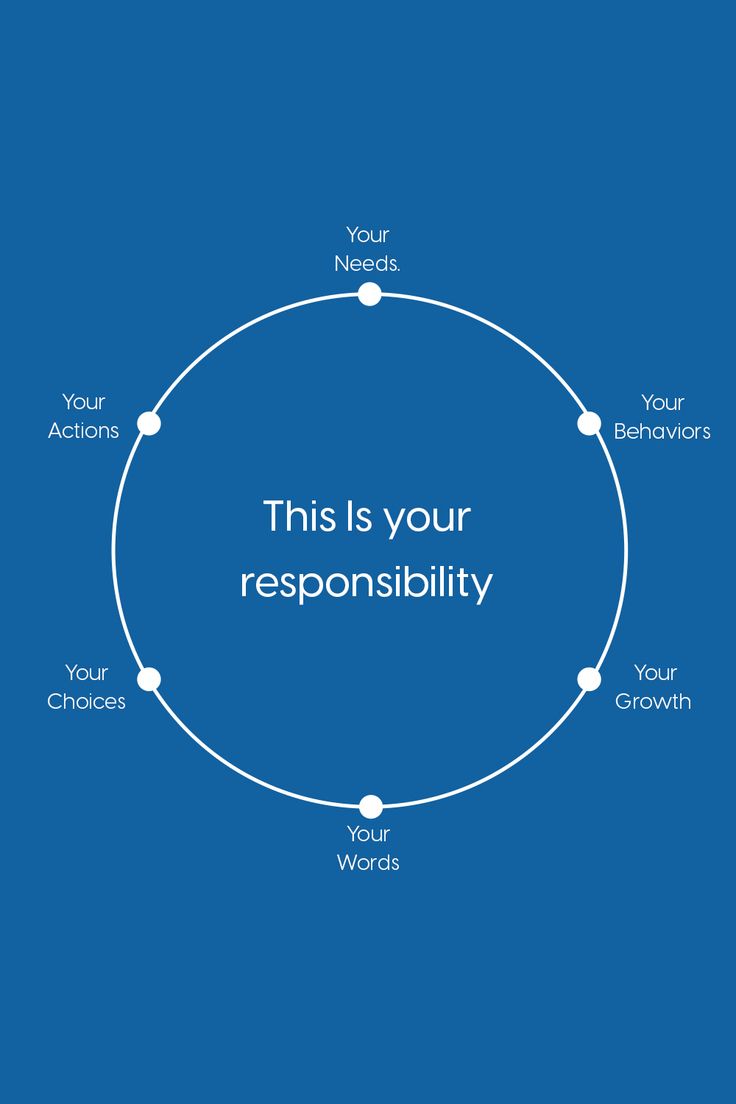NLP for procrastination? What’s that? We will touch that just in a while.
So, if procrastination were an Olympic sport, I’d be holding multiple gold medals. Let’s face it, we’ve all been there: scrolling through TikTok, promising ourselves, “Just one more video,” while that deadline looms larger than life.
But what if I told you there’s a way to hack your brain, rewire your habits, and finally start conquering procrastination and getting done your to-do list like the go-getter you’ve always dreamed of being?
Enter NLP—Neuro-Linguistic Programming.
What is NLP, and Why Should You Care?
NLP is like the Swiss Army knife of personal development. It’s a toolkit for understanding how your brain works, how language influences your thoughts, and how to create powerful mental shifts.
Developed by Richard Bandler and John Grinder in the 1970s, NLP has been used by everyone from CEOs to Olympic athletes to achieve peak performance. As Bandler once said, “The greatest personal limitation is to be found not in the things you want to do and can’t, but in the things you’ve never considered doing.”
So, if you’re stuck dealing with procrastination, NLP can help you break free and become the high-achiever you know you’re meant to be. Here are seven NLP techniques to help you overcome procrastination and skyrocket your motivation.

7 Ways to Overcome Procrastination With NLP Tools!
1. Anchor Yourself to Action
Ever notice how a certain song can transport you back to a specific memory? That’s anchoring. With NLP, you can intentionally create positive anchors to trigger motivation.
Why It Works:
Anchoring ties a physical action to a mental state, allowing you to access empowering emotions on demand. It’s like having a motivation button you can press whenever you need it.
How to Do It:
- Choose Your Anchor: Pick a physical action, like snapping your fingers, clenching your fist, or tapping your foot.
- Relive a Peak Moment: Close your eyes and recall a time you felt unstoppable. Maybe you nailed a presentation, scored a goal, or achieved something you’re incredibly proud of.
- Intensify the Feeling: Imagine the sights, sounds, and feelings of that moment. Turn up the brightness, volume, and intensity in your mind.
- Set the Anchor: Perform your chosen action while fully immersed in that memory. Repeat several times to solidify the connection.
Now, whenever procrastination strikes, use your anchor to flood your brain with those unstoppable vibes beating procrastination and distraction.
2. Reframe Your Inner Dialogue
Your inner critic is a world-class excuse factory. When combating procrastination, NLP teaches you to reframe these negative thoughts into empowering ones.
Why It Works:
The language you use with yourself shapes your reality. NLP reframing techniques shift your perspective, turning obstacles into opportunities.
How to Do It:
- Identify Limiting Beliefs: Write down common excuses or negative thoughts, like, “I’m too tired” or “I’ll never finish this.”
- Challenge the Excuse: Ask yourself, “Is this 100% true?” Most of the time, it’s not.
- Reframe It: Replace the excuse with a positive statement. For example, change “I’m too tired” to “Starting now will energize me.” Or swap “I’ll never finish” with “I’ll make progress one step at a time.”
As Tony Robbins says, “The quality of your life is determined by the quality of your questions.” Instead of asking, “Why can’t I do this?” ask, “What’s the easiest step I can take right now?”
Example:
Negative thought: “I’m terrible at meeting deadlines.” Reframed: “I’m learning how to manage my time better, and every task I complete is proof of that growth.”
Find lots of more effective NLP reframing questions!
3. Visualize Success
Procrastination often thrives on fear of failure. Getting over procrastination becomes possible if you combat it by visualizing success in vivid detail.
Why It Works:
When you mentally rehearse success, your brain starts to believe it’s achievable. Visualization primes your mind for action and reduces anxiety.
How to Do It:
- Create a Mental Movie: Close your eyes and imagine yourself completing the task. What does success look like, feel like, and sound like?
- Engage Your Senses: Picture the smiles of colleagues, the sound of applause, or the sight of a finished project.
- Focus on the Aftermath: Imagine the pride and relief you’ll feel once it’s done.
Pro Tip:
Add a touch of humor to your visualization. Imagine yourself as the star of a movie called “The Day I Finally Beat Procrastination.” Picture a dramatic soundtrack and confetti falling as you hit submit on that report.

4. Chunk It Down
Tasks feel overwhelming when they’re seen as one giant, insurmountable mountain. NLP encourages “chunking”—breaking tasks into smaller, manageable pieces.
Why It Works:
Smaller tasks are less intimidating and easier to start. Each small win builds momentum.
How to Do It:
- Divide and Conquer: Break the task into 10-15 minute activities. For instance, instead of “Write the report,” start with “Write the introduction” or “Research statistics.”
- Prioritize: Identify the most critical tasks and tackle those first.
- Set Micro-Deadlines: Give yourself a time limit for each chunk. Short deadlines can create a sense of urgency.
Example:
Task: Clean the house.
- Chunk 1: Tidy the living room.
- Chunk 2: Vacuum.
- Chunk 3: Wipe the kitchen counters.
With each completed chunk, you’ll feel a sense of accomplishment, defeat procrastination, making it easier to keep going.
5. Use Swish Patterns
This classic NLP swish pattern technique replaces negative habits with positive ones.
Why It Works:
Swish patterns help rewire your brain by associating procrastination triggers with productive actions.
How to Do It:
- Identify the Trigger: What’s the first thing you do when procrastinating? Maybe it’s opening social media or grabbing a snack.
- Visualize the Old Habit: Picture yourself procrastinating, but make the image dull and unappealing.
- Replace with a Positive Image: Visualize yourself working productively, feeling accomplished, and smiling.
- Swish It: Mentally switch between the two images. Make the procrastination image shrink and fade, while the productive image grows brighter and more vivid. Works wonders to eliminate procrastination!
Repeat this exercise until the productive image feels natural and dominant.
6. Master the Art of State Control
Your emotional state greatly influences your productivity. NLP teaches you how to shift your state instantly. And this is one of the best methods to overcome procrastination.
Why It Works:
State control allows you to move from a lethargic mood to an energetic and focused one in minutes.
How to Do It:
- Change Your Physiology: Stand up, stretch, or do a quick workout. Movement changes your emotional state.
- Power Poses: Strike a confident pose for two minutes. Research shows this boosts your confidence.
- Use Affirmations: Repeat empowering statements like, “I am in control of my time” or “I’m energized and ready to tackle anything.”
Example:
Feeling unmotivated? Play an upbeat song and dance like nobody’s watching. By the end, you’ll feel more energized and ready to work.

7. Find Your “Why”
Overcome laziness and procrastination, you MUST find a purpose to live by!
Procrastination often happens when you’re disconnected from your purpose. NLP emphasizes the importance of knowing your “why.”
Why It Works:
A strong “why” gives you the emotional fuel to push through challenges.
How to Do It:
- Ask the Deep Questions: Why is this task important? How will completing it impact your goals or future?
- Connect to Your Values: Align the task with what matters most to you. For example, finishing a project might align with your value of excellence.
- Visualize the Outcome: Imagine the long-term benefits of completing the task—a promotion, more free time, or personal growth.
Example:
Why write that report? Because it’s a stepping stone toward your dream job, and finishing it proves you’re capable of achieving big things.
P.S. Do try out this 10-day challenge to rewire your brain and come out a different person!
Final Thoughts – NLP for procrastination
Breaking free from procrastination isn’t about becoming a completely different person overnight. It’s about mastering your mind, one small tweak at a time. With NLP, you have the tools to reprogram your thoughts, elevate your motivation, and transform into the go-getter you’ve always admired from afar.
So, the next time you find yourself deep in a YouTube rabbit hole, remember: you have the power to change your patterns and conquer your goals. Or, as I like to say, “Procrastination is temporary, but crushing it feels forever.






